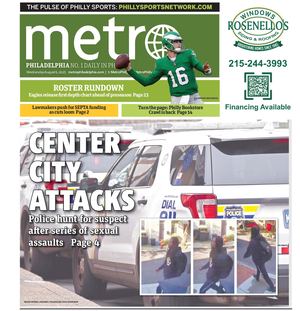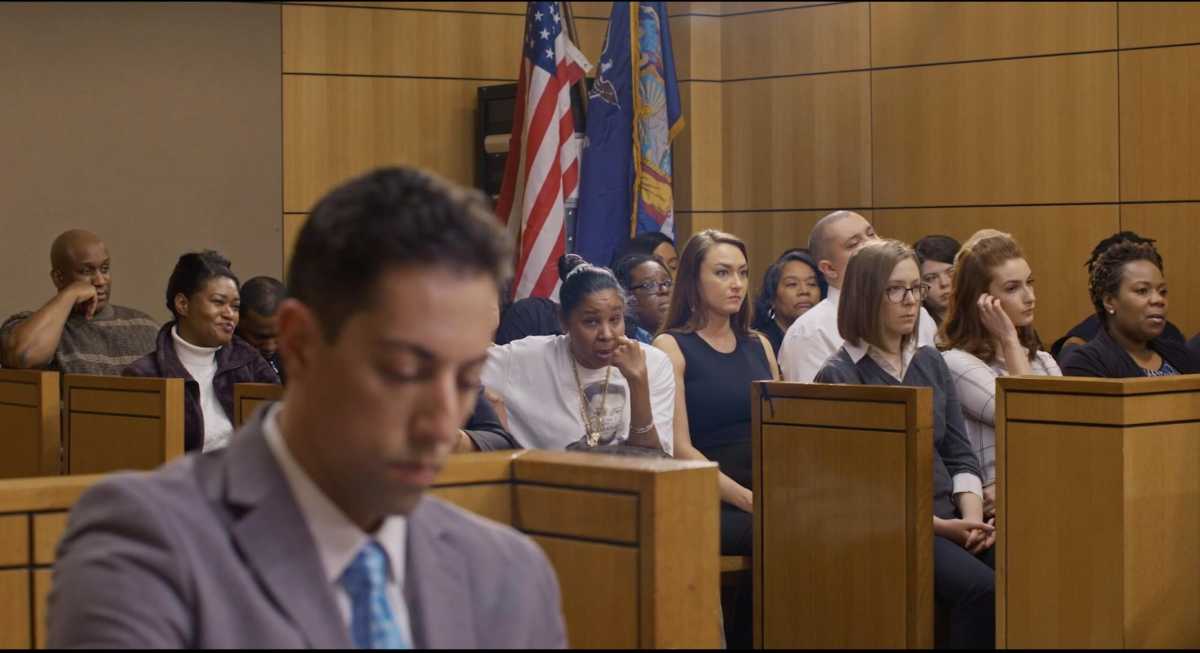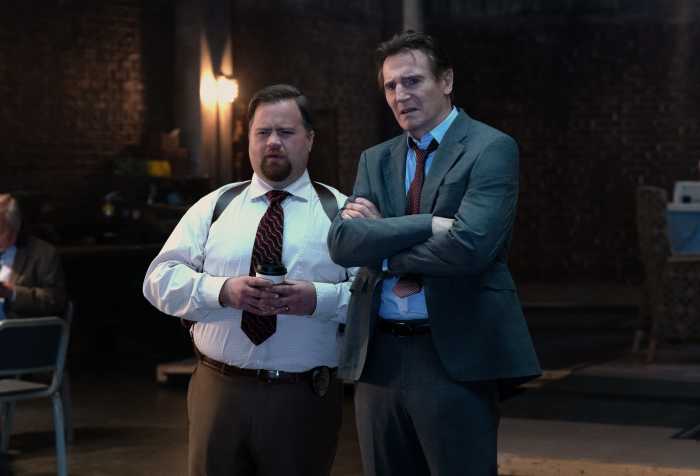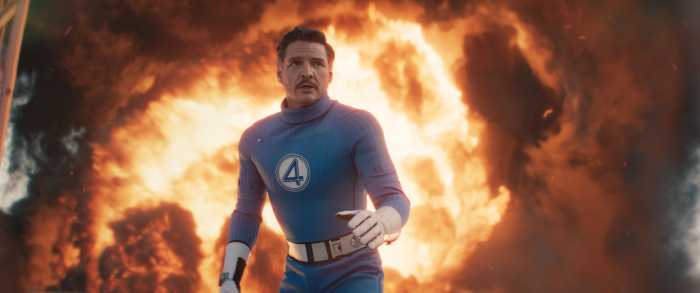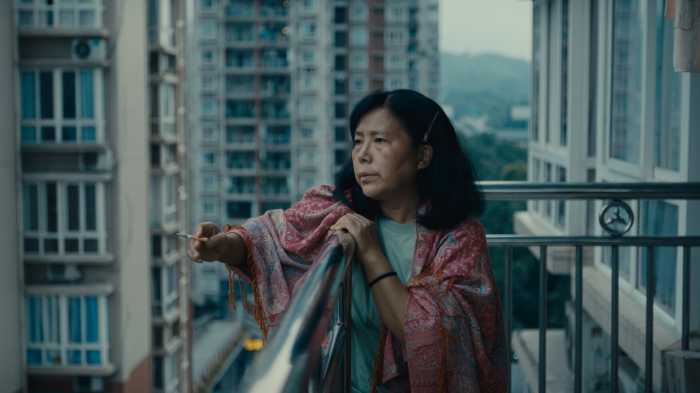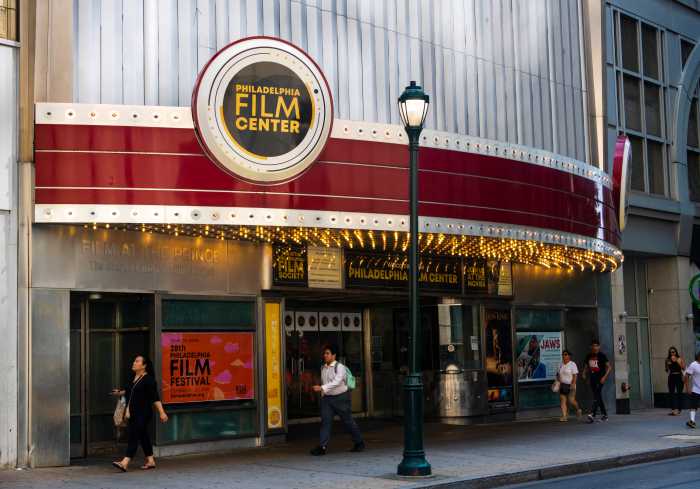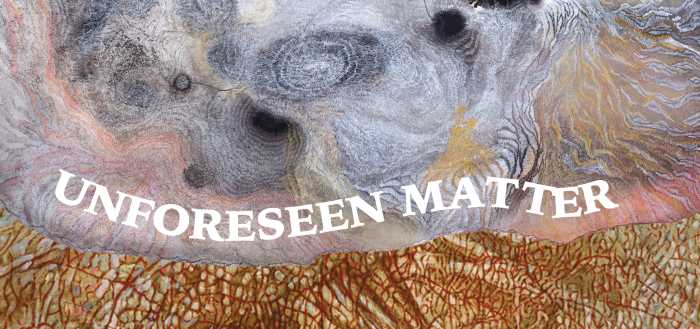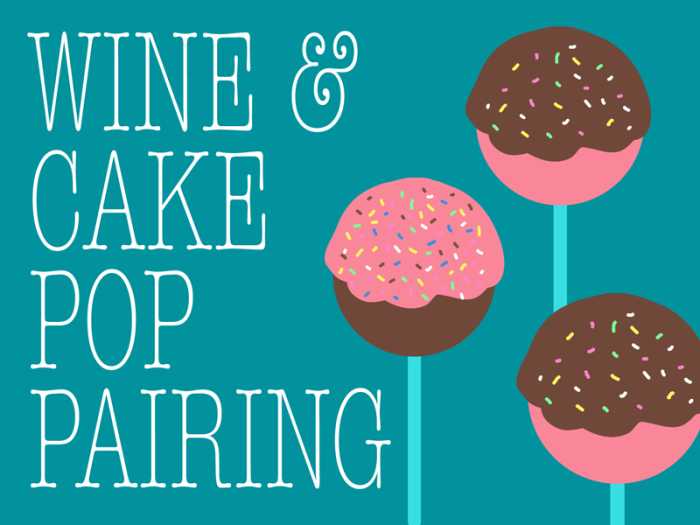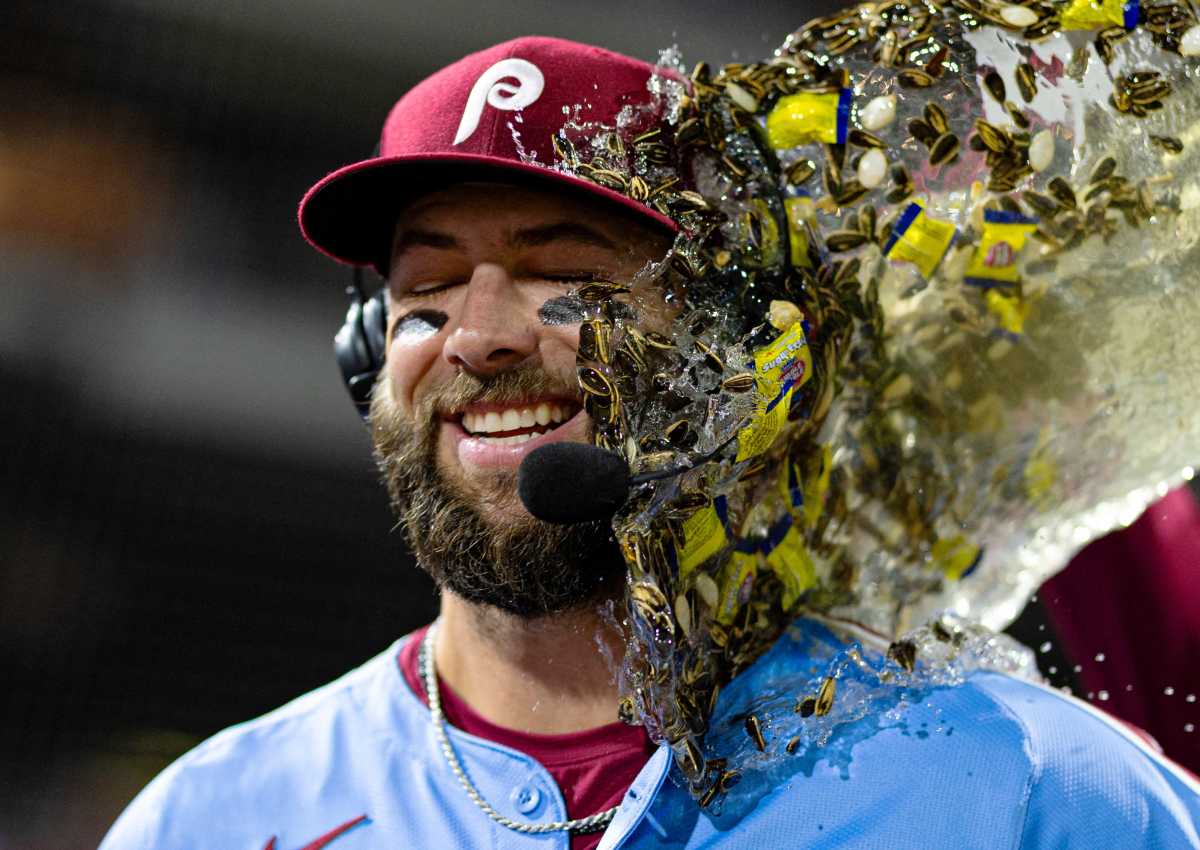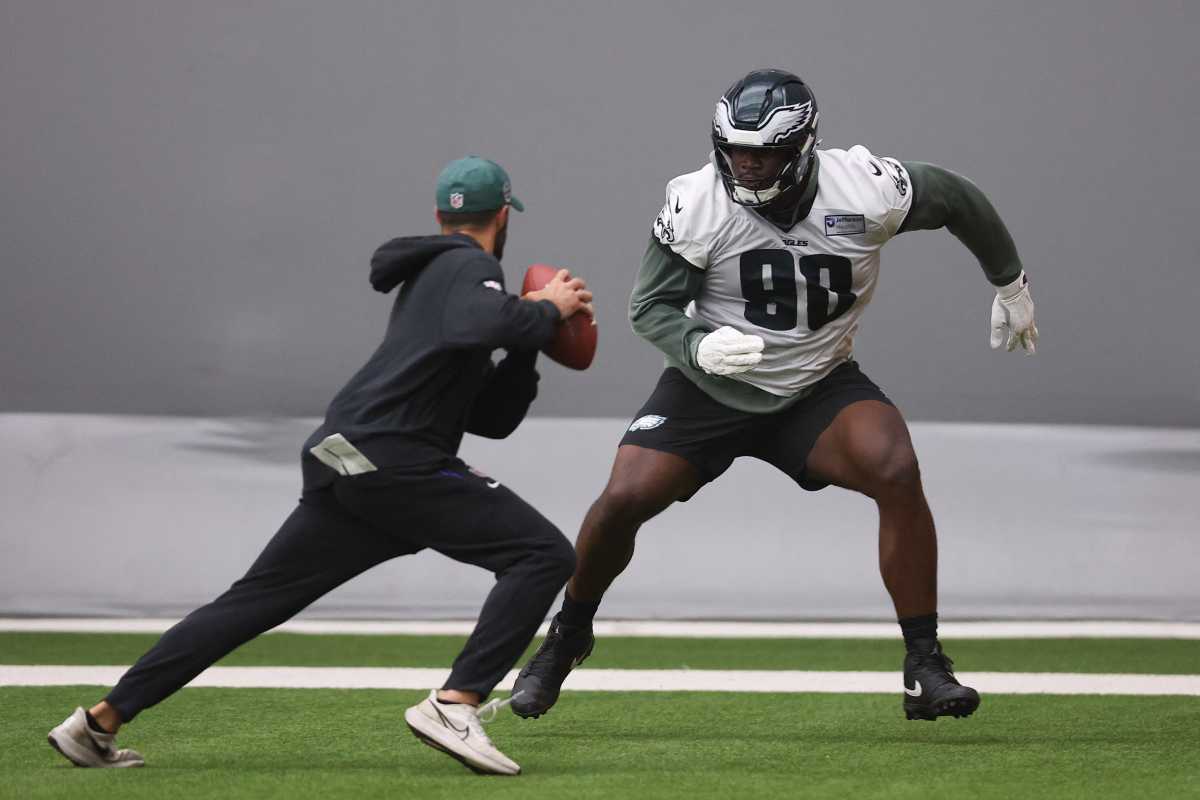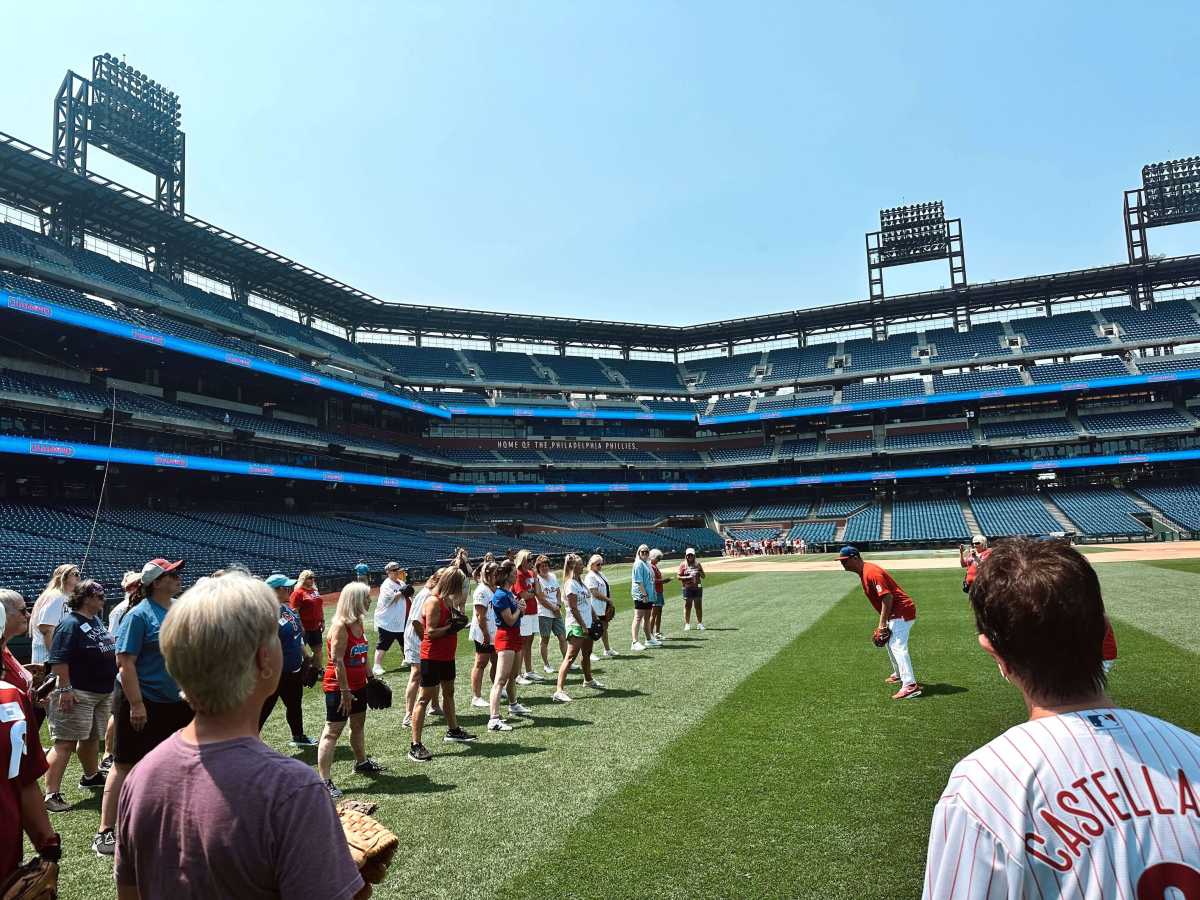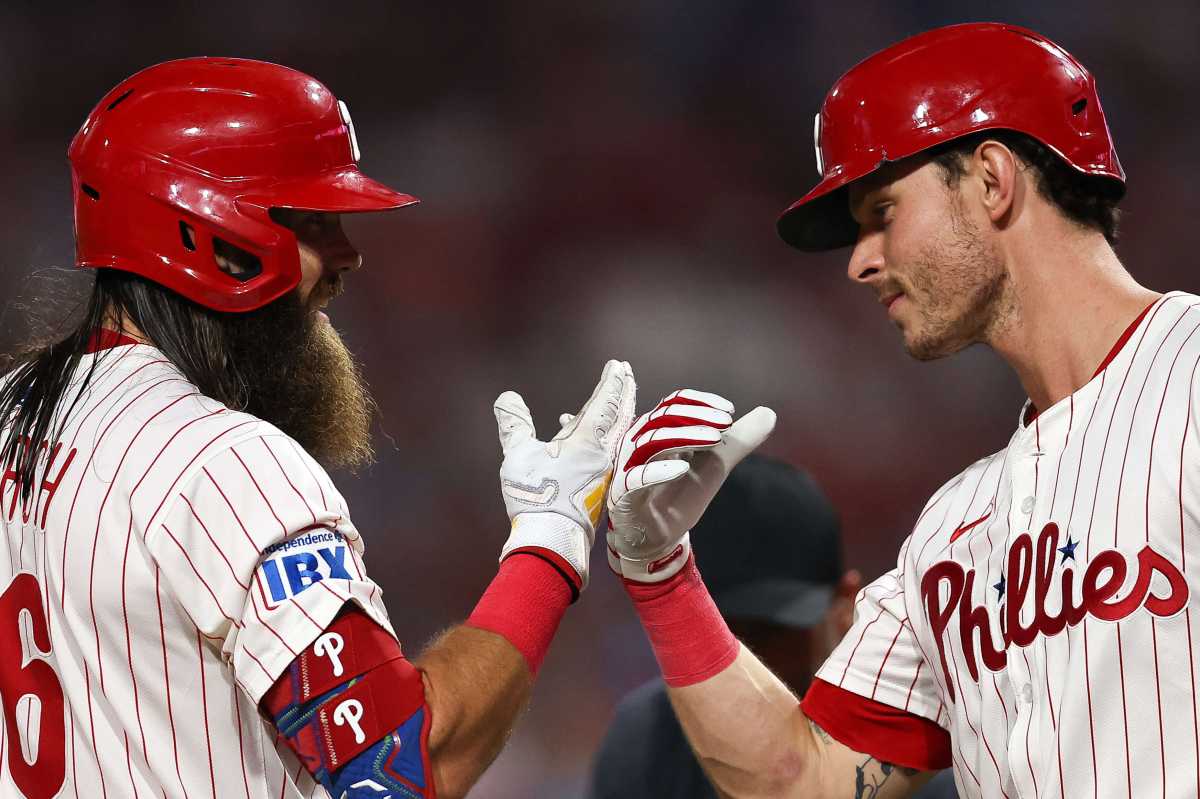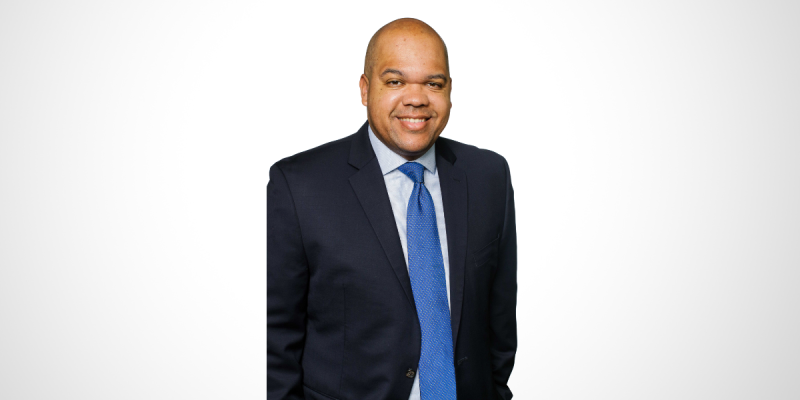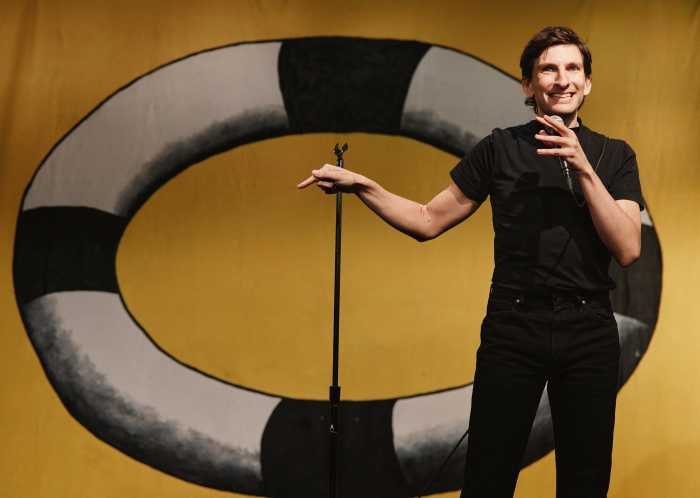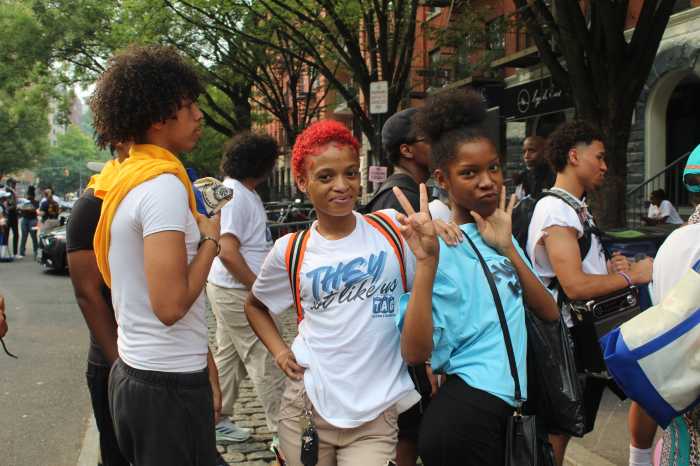With the anniversary of Eric Garner’s untimely death approaching, and the current climate of the country following another untimely death of an unarmed black man, George Floyd, many have been speaking out against racial injustice and police brutality. It’s a topic that seems to be followed by outrage and questions. Why does this happen? When will it stop? Why, in some cases, is there not even a trial? The latter is exactly what took over filmmaker Roee Messinger’s mind in 2014 after Officer Daniel Pantaleo was videotaped putting Garner in a chokehold leading to his death while he repeatedly pleaded “I can’t breathe,” and instead of being put on trial for murder, was never even prosecuted.
Messinger decided for his first film, he would tackle that very question of what a trial would have looked like had Pantaleo been tried. Through a rigorous search, and a friendship formed with the Garner family, Messinger was able to gather a team of lawyers, witnesses, family members and one actor (Anthony Altieri as Pantaleo) to produce an unscripted experience that truly is a showcase of raw emotions and a peek into what could have been.
Messinger sat down with Metro to discuss what went into making this poignant film and what he hopes audiences take away from it after watching.
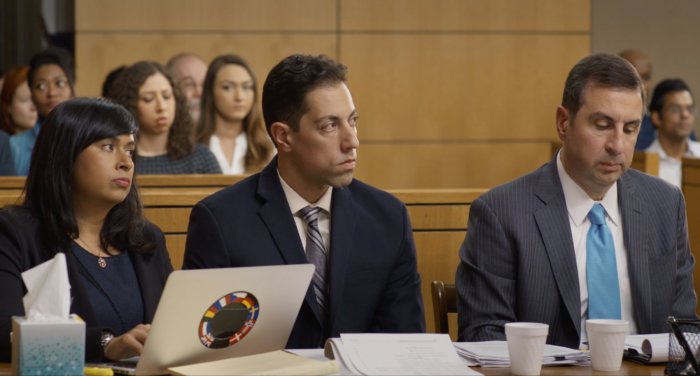
Where did the idea for this film come from?
I was living in Harlem when Eric Garner was killed and later when the Grand Jury decided to not prosecute Officer Pantaleo and everything about the incident, the video—it was just everywhere. You couldn’t escape from it and everyone was talking about it. I was living just a few blocks from where Rev. Al Sharpton called the rallies and the marches, and so I was just very enthralled by what was happening. Everyone was clearly thinking that there should have been a trial, and there was an outcry about the fact that there should have been a trial and then it just occurred to me: Why not? Why not just see if I could film the trial that never happened? That’s how the idea came to be.
What steps did you take for casting? And were you looking for anything specific when you were casting as well?
The first thing was that I had to get in touch with the Garner family. It was very clear right from the get-go that a film could never exist without the full support, endorsement and participation of the family. So, the first thing I did was find a way to reach out to them, and I met Esaw, Eric’s wife at the one year anniversary of Eric’s death rally. I pitched her the idea, and she loved it immediately and we started working very quickly after that.
Then, in terms of the casting of the people who participated in the trial, I would say it was split between the witnesses and the attorneys. The witnesses were pretty straight forward because the lawyers themselves told me this is what we need, and that’s how we decided what witnesses [to get.] Then finding them and casting them was not very difficult, we actually interviewed more people on camera then we ended up using in the film, but a lot of those testimonies were very similar, so we only needed one of them.
The forensic pathologist for the prosecution was the actual person who was hired by the Garner family to conduct a second autopsy for the civil lawsuits that they filed against the city, so, he was a person we knew we needed to get. Then for the defense, we just looked for forensic pathologists who would be willing to present in a real case. So that was kind of the way of going about casting the witnesses, and then the attorneys, it was definitely a lot more complicated. I interviewed dozens and dozens of attorneys and I must have reached out to probably close to 100 law firms in New York City until we ended up with the final cast. I wanted to make sure that it was a diverse cast, and I wanted to make sure that the attorneys were good and weren’t camera shy, so there was a lot of different criteria that I was looking for. Basically, I was hoping to see them in court.

Since this was unscripted, are there any moments from the trial that really stand out to you?
I think there are two moments that stand out in the courtroom—the first and the last witness. The first witness that comes on the stand is Esaw. Her testimony was surprising to me in the sense that she was always very, very cool about it and I told her that it was going to be hard and emotional and you would hear things that you might have not heard before and the opposing attorney is there to be serious and is not going to play games, she’s going to treat it like a real trial. Esaw was like, ‘Yeah, don’t worry about it, I got this.’ But [the attorney] was able to get under Esaw’s skin and I think Esaw was surprised and we were all surprised, and I think the audience will feel how genuine Esaw’s emotions are. We are all very used to seeing these dramatic moments in courtroom dramas like “Law and Order” but that was real, this is her life.
The other moment, in vast contrast, is the performance of the only actor in the film, who plays Officer Pantaleo, who was the final witness in the trial. [He] made an entirely improvised role when he was taking the stand. He just came up with [things] on the spot and it turned out to be a really striking moment.
Esaw had said before that this film actually helped her begin her healing process. How does that make you feel, especially since you have formed a relationship with her over the years?
The relationship with Esaw is really surprising—this is my first film and I never thought that we’d end up so close and be friends. I thought I was a filmmaker and she was letting me do this movie about her husband and that we’d be friendly and everything, but I never thought that we would be so close. Now that we are so close and we’ve been working together on this for such a long time, I’ve been able to see how she manages to cope and it’s just easier for her to talk about things that weren’t so easy to talk about previously—and I’m very happy to think that I might have had a little bit to do with that. Her experience in this film was somehow therapeutic and it definitely makes me happy.
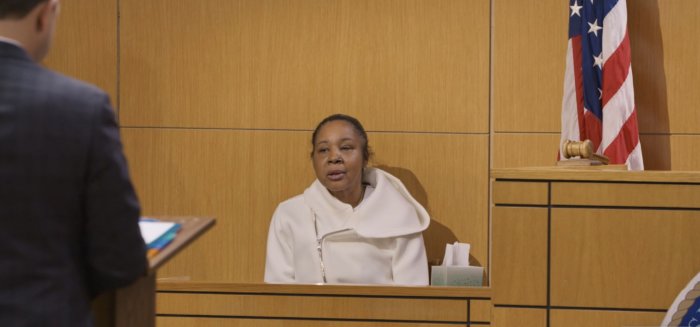
What do you think this film shows about the justice system?
Our film really shows the justice system in the way it should work. Where there is suspicion of a crime and that suspicion is investigated in a courtroom, the evidence is weighed, the arguments are made and a jury of your peers decides what happens. But in reality, that is more than often not the case. So I think it’s that gap between the ideal of the justice system and what it really is in our lives.
Overall, what do you hope audiences take away from the film after watching?
I think, especially with the death of George Floyd, people who usually don’t think about these things are becoming aware and are more interested in educating themselves and learning about these problems and the influence that these problems have on the American people either black or white. So, I hope that people, when they finish watching this film, just ask themselves, how is it possible that this trial is fictional? How is it possible this trial never actually happened? I think the answer to that question is where resolution to a lot of our problems will be found.
“American Trial: The Eric Garner Story” is available to stream now on Altavod.
